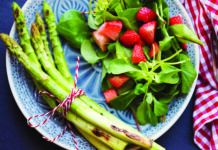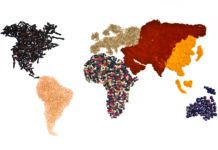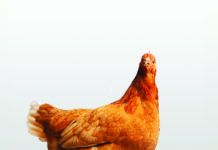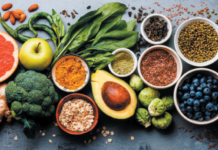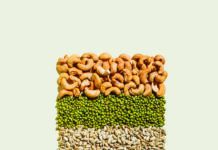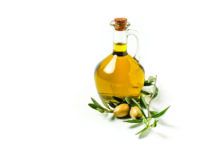When it comes to whole grains, were only about 5,000 years behind the Incas. Those ancient people of the Andes were the first to cultivate quinoa (KEEN-wah), which they called chisaya mama, the mother of all grains. Today, quinoa has been designated a super crop by the United Nations for its potential to feed the worlds hungry and studied by NASA as an ideal food for long-duration space flights. In a 2010 Whats Hot survey of American chefs, the National Restaurant Association named quinoa as the hottest trend in side dishes.But quinoa almost vanished centuries before we got to enjoy its health benefits. Francisco Pizarro, the Spanish conquistador, destroyed the Incas quinoa crops in an effort to undermine their culture, which revolved around planting and harvesting the grain. Only small wild fields survived, unnoticed until the 20th century. In 1955, researcher Philip White published a paper on Edible Seed Products of the 20th Century in which he observed, While no single food can supply all the essential life-sustaining nutrients, quinoa comes as close as any other in the plant or animal kingdom. In the 1970s and 1980s, quinoa began a modest comeback with fields in Colorado and sales to health-food stores. Today its once again widely cultivated in South America, and can be found in a variety of colors (white, red, black) and forms (grains, flakes, cereals, pasta) in an increasing number of supermarkets.For all the excitement over this socalled super grain, quinoa isnt technically a grain at all. Its the seed of a large plant, Chenopodium quinoa or goosefoot, distantly related to spinach, beets and chard, which produces three- to nine-foot-tall magenta stalks topped with mammoth seedheads. Drought-resistant and able to grow in poor soil, quinoa also has the advantage of being protected from pests and the elements by a bitter, soapy coating called saponin. By the time it reaches grocery stores, most quinoa has had the saponin removed- but its still a good idea to give the grains a quick rinse, rubbing them together with your hands, to remove any lingering traces.So what makes quinoa such a standout among grains? Its one of only a handful of plant foods that supplies all the amino acids (notably lysine) necessary for a complete protein. A half-cup of cooked quinoa packs more than 4 grams of protein. Its also gluten-free, making quinoa a nutritious option for sufferers of celiac disease.
| Cooking and Storing Quinoas tiny grains are ready to eat in just 15 minutes, and can be used in a variety of dishes much like rice. To prepare, rinse well, bring one part quinoa and two parts water to a boil, cover and simmer until the grains turn translucent and their little white tails-the crunchy germ-pop out. Fluff with a fork and serve. For a nuttier flavor, lightly toast quinoa in a dry pan for five minutes before cooking. Raw quinoa expands three to four times in volume when cooked. Keep uncooked quinoa in a dry, airtight container. Storing in the refrigerator rather than pantry prolongs shelf life to as much as six months. |
Quinoa ranks highest among all grains in potassium (159 milligrams in a half-cup), associated with reducing high blood pressure. Its high in iron and most B vitamins and is a good source of zinc, copper, magnesium and manganese.Like other whole grains, quinoa can help control overeating by making you feel fuller longer. According to the Whole Grains Council




